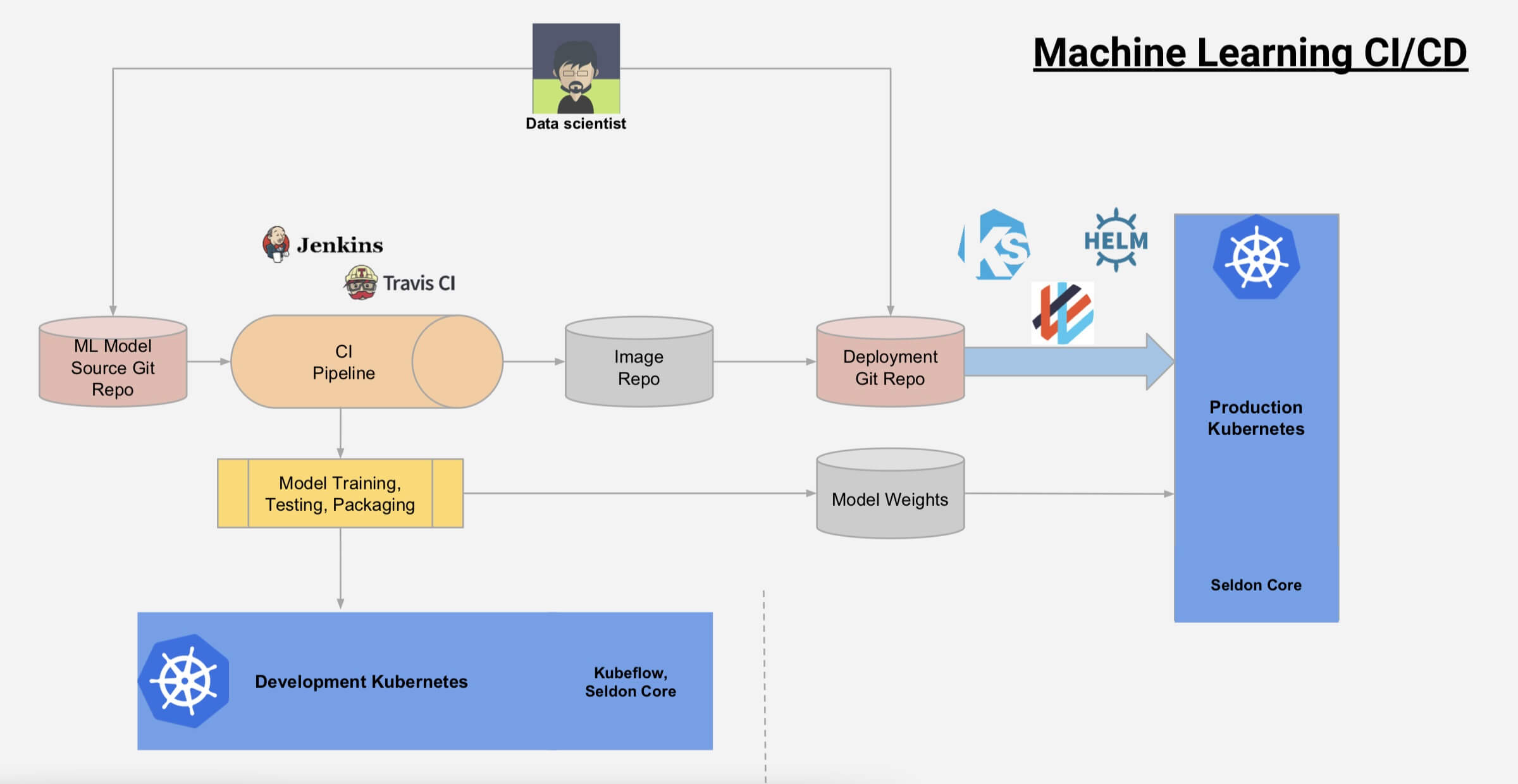Why are companies looking for full-stack data scientists?
Who is a full stack data scientist?
-
Solving the Business Problem
-
Data Collection
-
Data Analysis and exploration
-
Machine Learning
-
Model Acceptance
-
Model Deployment
-
Monitoring
-
Communication
-
Programming
-
Machine learning and Statistics
-
Identifying Data sources and TFL
-
Data Engineering/Model Deployment
The Challenges of being employed as a Full Stack Data Scientist
The Benefit of a Full Stack Data Scientist

AI's rise has been nothing less than astronomic in recent years. With industries trying to raise their data game with increasing competition in digital marketing, a new role called 'Full-Stack Data Scientists' is emerging.
So, what is this new role which so many big companies are after? How can you become a full-stack data scientist? What skills do you need to have to be one? Let's find out.
Who is a Full Stack Data Scientist?
The role is still in its developing stages, and so there is no standard definition for it as of now. But the role majorly focuses on two aspects of how a data scientist can analysed data as well as integrate its findings to help develop businesses. Here are the two significant viewpoints right now:
-
A full-stack data scientist is a data scientist who can integrate and deploy the analysed data with the business application. That means the role of a full-stack data scientist is more diverse and requires the application of model development and analytics.
This can be done in two ways- 1) Data Scientists should enable application consumption by developing their models into REST APIs and 2) A data scientist should be able to display their model predictions through building dashboard applications.
-
A Data Scientist who is well equipped to apply the data collected through Artificial Intelligence and Machine Learning to businesses. He should be able to explain how a particular data analytics strategy would directly or indirectly increases the Return of Investment on the current business.
The primary skill of a
full stack data scientist
, as clear from the above definitions, is the ability to convince the stakeholders about the profit their business would get from data science. The full scope covers every aspect of a data science business role-collection, organization, storage of data, and deployment of AI models that directly benefit the business.Stage-wise role a Full Stack Data Scientist
- Solving the Business Problem

Credits: INC.com
Every tactic of a data scientist should start with solving a business problem. The automation, analytics, efficiency gain should directly solve a problem or broaden the scope of business.
- Data Collection
The full-stack data scientist should be able to identify and group data to build a quality model for machine learning.
- Data Analysis and exploration
A data scientist must analyse the data, bring interferences, and then give it a direction and mould it into a machine learning model. Filtration is essential at this stage.
- Machine Learning
In this stage, you'll train a model based on the analysed data. The model should have clear objectives in solving a current business problem.
- Model Acceptance
The model will now undergo the first trial, and you need to understand the behaviour and how it works. You'd then have to share the model with the stakeholders and discuss how it would help the business grow.
- Model Deployment

Credits: towardsdatascience.com
Once approved, you would need to deploy the model efficiently and make it accessible to the end-user.
- Monitoring
You would have to keep an eye that the model is working as expected and giving the desired results. You may also have to make minor fixes even to a successful model taking into account variable factors.
What does it take to become a Full Stack Data Scientist?
The business integration skills, as well as understanding, is essential for becoming a
full-stack data scientist
. The data science technology is indeed left underused if not implemented in business models. The objectives should be clear.Here are some skills a data scientist should learn to become a
full-stack data scientist
:- Communication
The full-stack data scientist should be able to adequately explain how the machine learning model will instantly boost the return of investment. The end-users typically are not technical experts. You should be able to convey the message in plain language to enable them to trust the model.
- Programming
A proper grasp on programming is one of the critical qualities of a full-stack data scientist. You should be able to write an object-oriented modular code where unit tests validate each function.
- Machine learning and Statistics
This one almost goes without saying- you aren't a data scientist without adequate knowledge of statistics and machine learning. You should be able to deploy various ML algorithms to solve complicated machine learning problems. That's an integral part of the model monitoring process too.
You should also be flexible in your approach. At times, you may need to choose the business logic instead of machine learning models to get instant results. While machine learning models keep evolving, it's essential to keep things moving by applying business rules.
- Identifying Data sources and TFL
You can only train models by extracting, identifying, and transforming data. A full-stack data scientist should be able to make the data available and load it in the right place.
- Data Engineering/Model Deployment
Models only provide business value when deployed in the right manner. As a full-stack data scientist, you should be able to deploy model pipelines to production. That allows consumers or end-users to access pre-generated data from models. They will also be able to query data smoothly. If a deployment mechanism does not already exist, you should set one up.
The Challenges of being employed as a Full Stack Data scientist
The skills of a data scientist are diverse. You have to be the jack of all trades, from programming to being able to deploy data properly. But such a diverse role requires exemplary hard work and effort.
You need to keep up to date with all the algorithms, programs, and data science tools advancing at light-speed. Perhaps, you would have to decide which particular skills you should pick and which you should leave as per business requirements.
You should have the skills to grasp new technology as well as design a process or system to be a valuable full-stack data scientist.
The benefit of a full stack data scientist
One or two full stack scientists are like a team one their own. They can cover all the aspects of a process and are heading machine learning projects to be incorporated into businesses. The pay scale of a full stack data scientist understandably is higher than a regular one.
If your organization wants to incorporate data science into its system, employing a full stack data science saves the hassle of team creation. Likewise, you need to have substantial experience and skillset to fit in the role.
A full stack data scientist should also have the freedom to apply the tools for him to be effective. Such a scientist goes well beyond the typical one as he can link businesses with machine learning and solve problems of the end user.

Leave a comment
Your email address will not be published. Required fields are marked with *